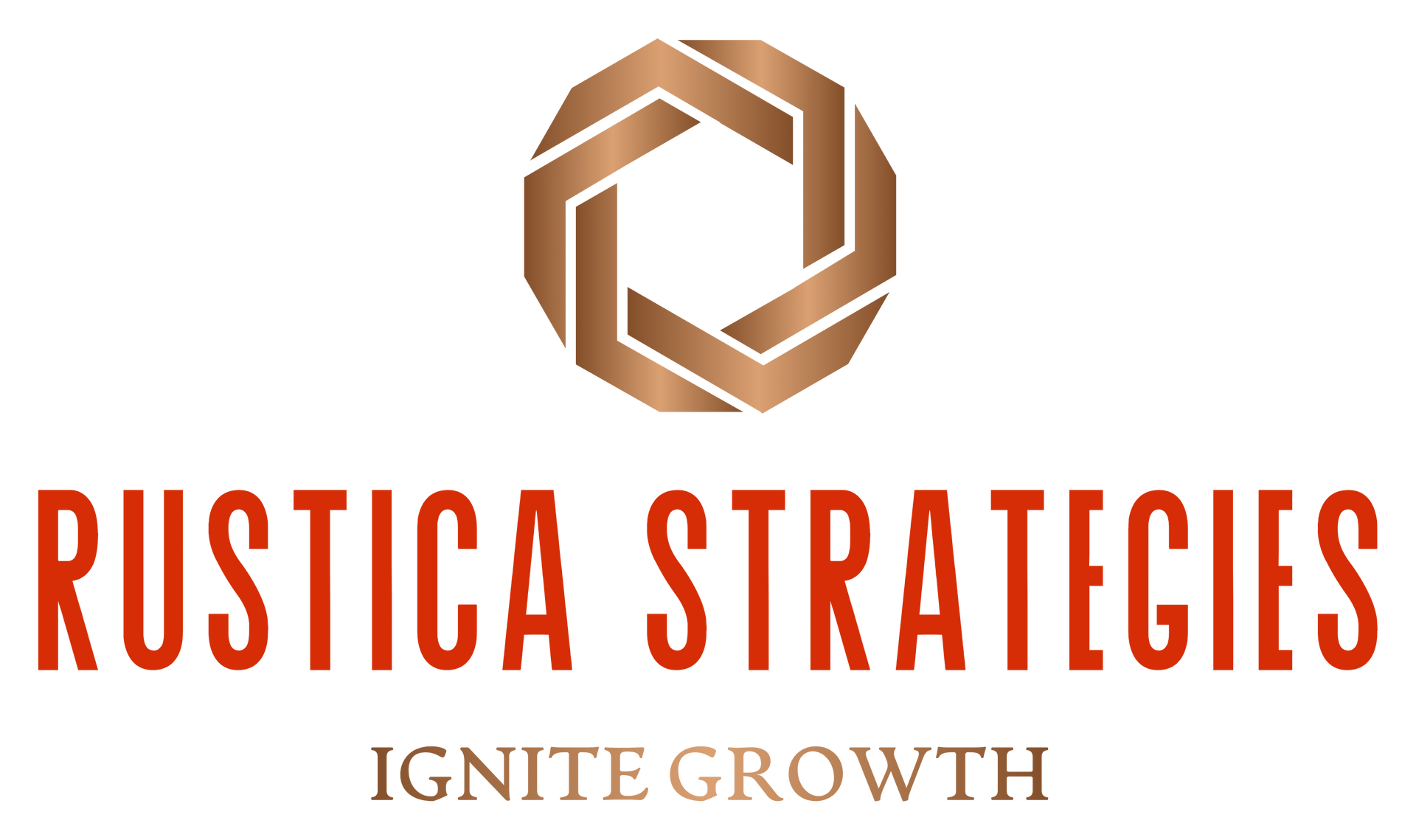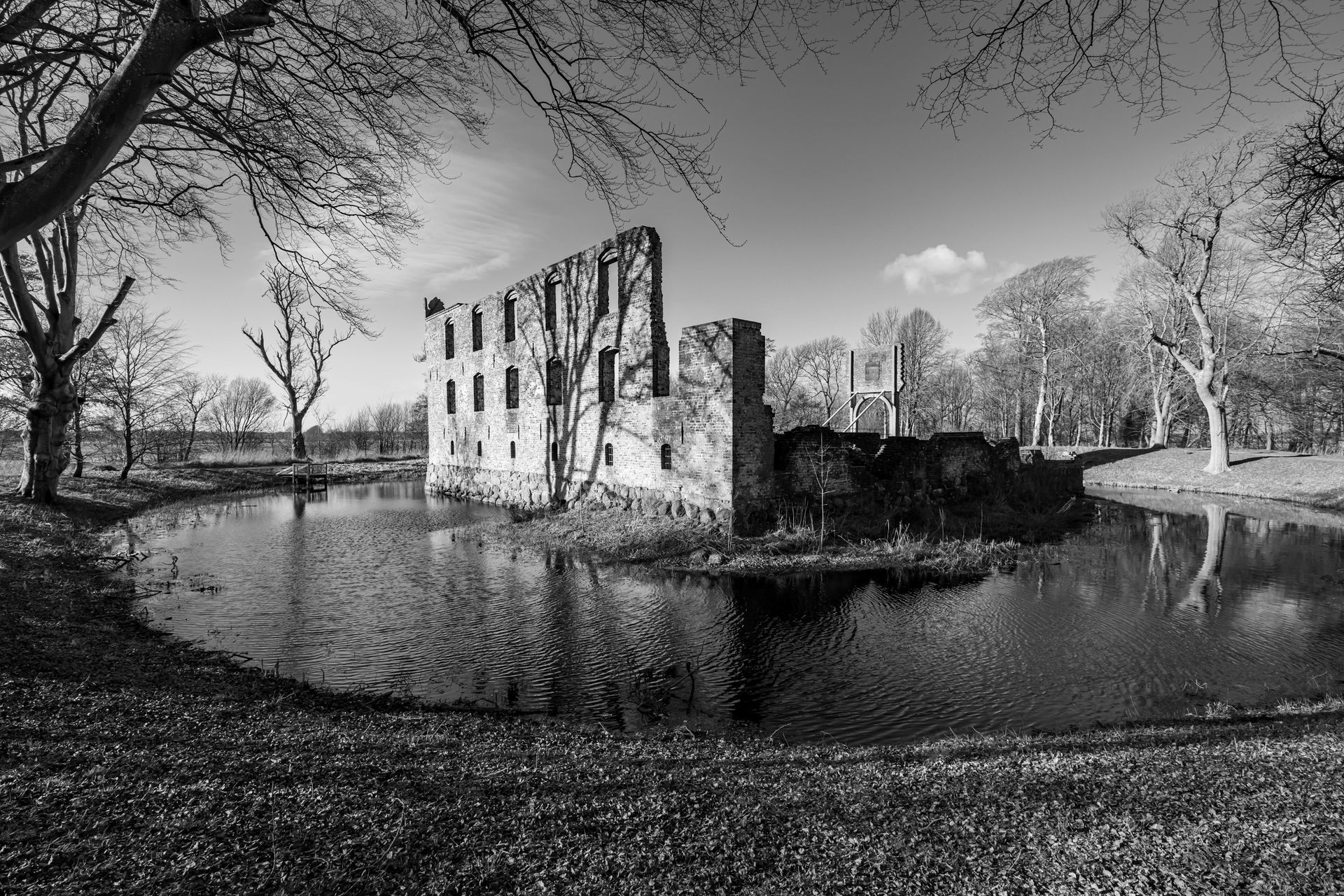Written By J. Dagenais
Building Durability
You don’t need a castle to have a moat. But you do need something that keeps the competition from storming your gates.
A lot of founders think a moat is about size. "We’re the biggest in our market!" Cool, but can someone else just copy what you’ve built?
A real moat is about durability. It's about making replication inconvenient, expensive, or just not worth the effort.
Why is This Important?
This is more than keeping the competitors at Bay. If you were planning to sell down the road, this ticks off a couple of boxes.
For starters, your buyer will have confidence in a solid market share that you own going forward
This also benefits you as a seller because the buyer is more motivated to buy you them to compete with you.
Here’s How to Spot One in the Wild
Switching costs
If it’s painful for customers to leave, that’s a moat. (Note: emotional attachment counts too!)
Operational excellence
If your internal systems are a well-oiled machine, competitors can’t just wing it and hope to catch up.
Brand trust
The kind that builds over time, not with a flashy ad campaign.
Data, IP, or tech integrations
Bonus points if it’s proprietary. Extra bonus if your competitors don’t even know how to start building it.
You don’t need all of these. But having one or two strong pillars can go a long way in making your business resilient—and more valuable.
Thanks for reading and do well!


